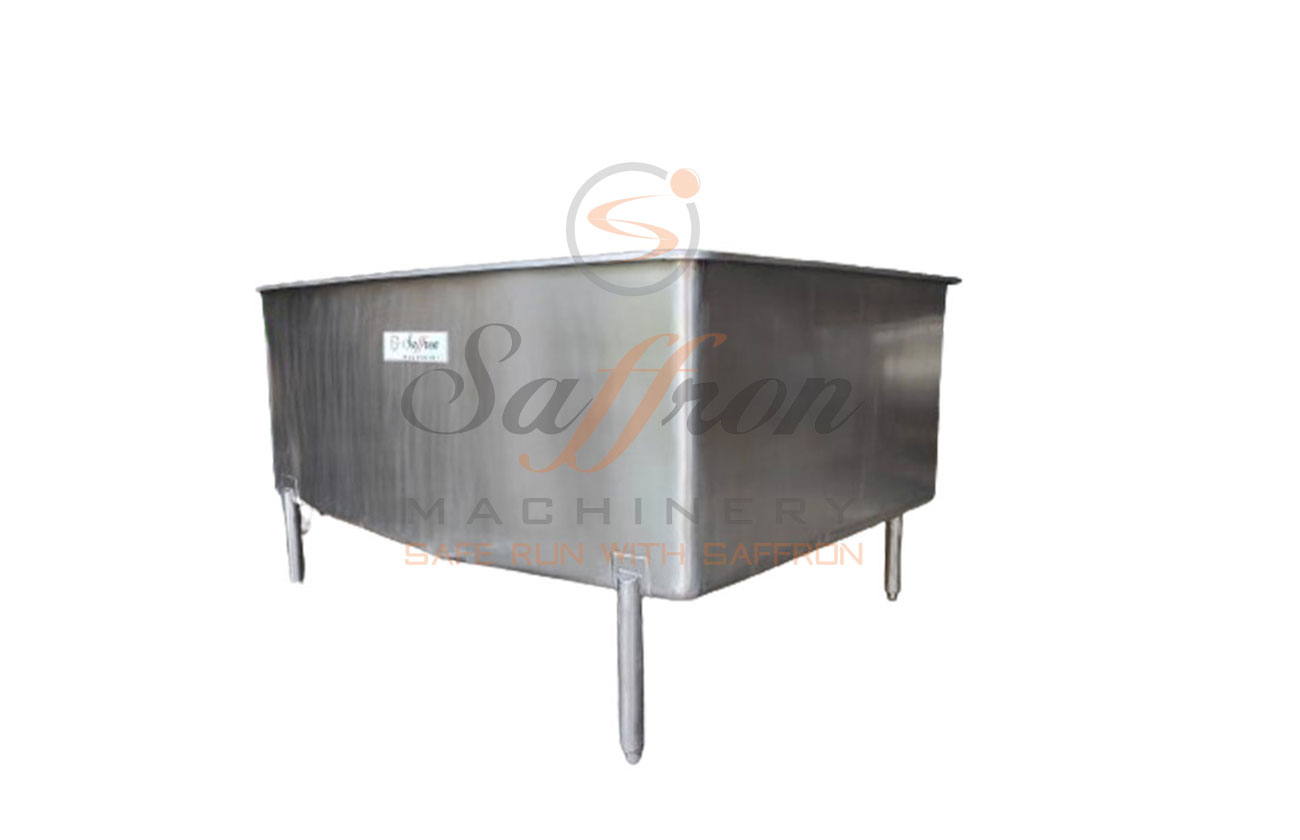- saffronmachinery@gmail.com
- +91-70165 35087
Dump Tank
Dump Tank
A dump tank, also known as a receiving tank or a dump hopper, is a common piece of equipment used in various industrial and agricultural processes, including dairy processing.
In the context of dairy processing, a dump tank is typically used to receive raw milk from transportation vehicles such as trucks or trailers. The tank is designed to facilitate the unloading of milk quickly and efficiently.
Here's how it generally works:
Unloading: When a milk transport vehicle arrives at the dairy processing plant, the dump tank is positioned underneath the vehicle's outlet. The outlet is opened, and the raw milk flows out into the dump tank.
Storage: The dump tank temporarily stores the raw milk until it can be further processed. Depending on the processing schedule, the milk may be held in the dump tank for a short period before it's transferred to processing equipment such as pasteurizers, separators, or storage tanks.
Transfer: From the dump tank, the raw milk is pumped or gravity-fed into the next stage of the processing line. This could involve pasteurization, separation of cream, homogenization, or other processing steps depending on the desired end products.
Dump tanks come in various sizes and configurations to accommodate different volumes of milk and production needs. They are typically constructed of stainless steel or another food-grade material to ensure cleanliness and hygiene.
Overall, dump tanks play a crucial role in the initial stages of dairy processing by providing a convenient and efficient way to receive raw milk from suppliers and prepare it for further processing.

